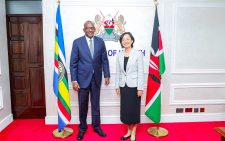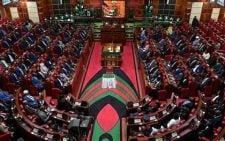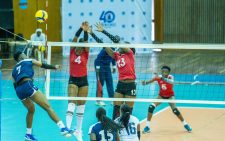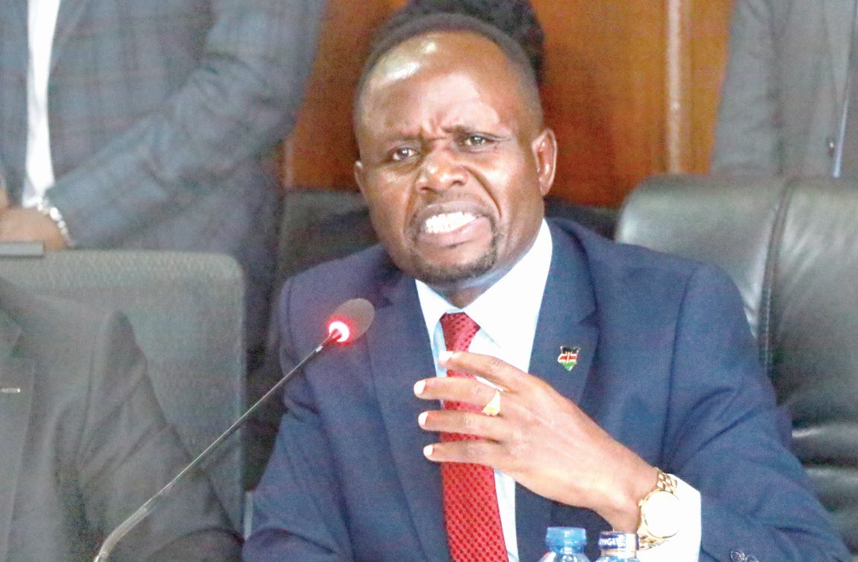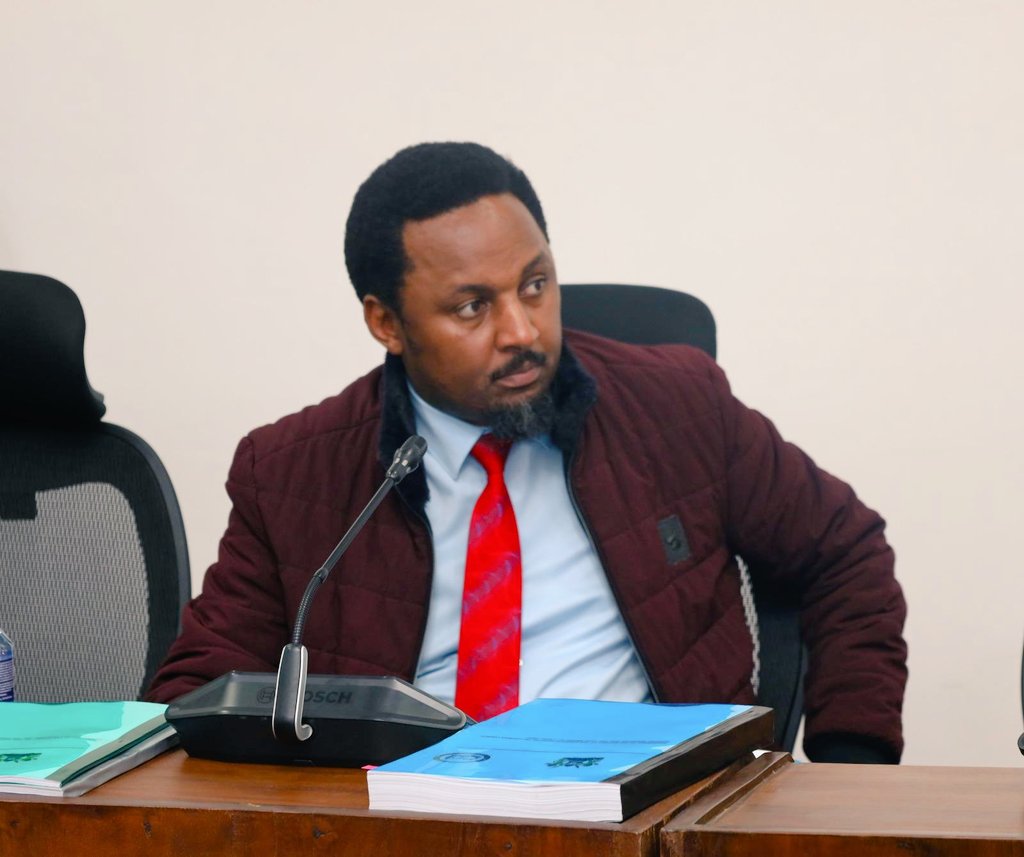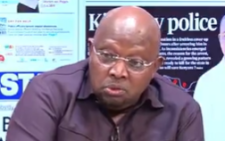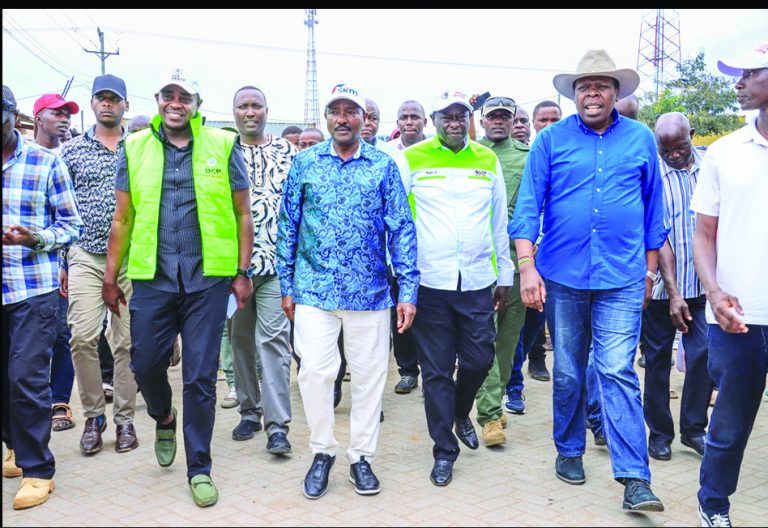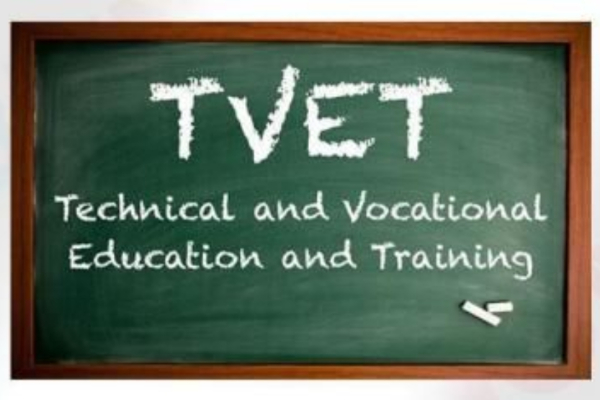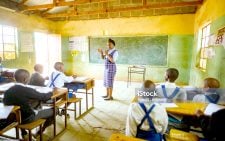Teacher carves his way to fame
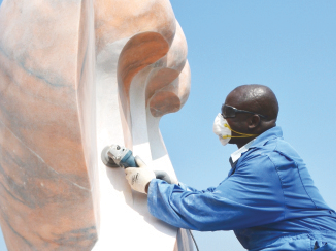
Emmanuel Tongi grew up knowing his father, Gerald Motondi was a teacher. He also operated a photo studio in Bomware Tabaka village, Kisii County.
“During Christmas holidays, the studio was extra busy as villagers gathered to have their memories captured. I would assist my dad with the work. It is here that I learnt how to operate an old school camera and my interest in media and camera work grew,” he recalls.
In 2006 while Emmanuel was in Class Three, his father got a chance to participate in an International Sculpting Symposium in China. Emmanuel admits that this was the first time he was introduced to his father as a sculptor. More international doors opened up for Motondi to represent Kenya at various international engagements such as the 2008 Beijing Olympics Fine Art Exhibition where he won a gold medal and Olympic torch. Since then, he has been to over 20 countries.
For his work, former President Mwai Kibaki honoured him with a Head of State Commendation (HSC) in 2011.
He is credited for the Mashujaa Monument sculpture at Uhuru Gardens, Nairobi, which he carved to mark 50 years of independence in 2015. Motondi also has another masterpiece at the English Point Marina in Mombasa National Museums of Kenya, Nairobi. His other pieces can be found in various parts of the world including China
“Gradually, I got to understand his passion for art. I grew up while seeing his art grow also, and by the time I completed my secondary education in 2015, he had gained so much fame. I would see him a lot on TV and he won a lot of awards,” he continues.
Perfecting the art
However, all that hasn’t stopped him from being an available father to Emmanuel and his five siblings.
“He is resourceful and quite free with us. When he is around us, he is our dad, not a famous teacher or sculptor who people see on TV—a down to earth and spiritual guy,” he says.
Emmanuel describes his father as an organised person who never does anything that he hasn’t planned.
Born in Bomware Tabaka village, Kisii County, a county renowned for the cultural stone carving thanks to the Kisii soapstone, Motondo grew up watching his elders carve stones into various objects. “After school he would sit and watch his uncles and cousins carve stones. He began sculpting small forms of birds, fish and animals. Here he gained skills of using the tools,” narrates Emmanuel.
However, his parents didn’t want him to pursue sculpting. “My parents discouraged me from sculpting as many children were dropping out of school to venture into the craft,” says Motondi.
In 1985, while studying at Eregi Teachers College, his tutors (the late Eliphas Webbo and Matthews Lwangasi) discovered his talent and encouraged him to pursue it. After graduating as a P1 teacher in 1987, Motondo enrolled for ‘A’ levels examinations as a private candidate in 1988 to pursue Art, Kiswahili and Religion. After his ‘A’ levels, the Teacher, Service Commission (TSC) deployed him from primary school to secondary to teach Kiswahili in Tabaka High School in 1989. At Tabaka High, he introduced art in Form One.
Motondi would go ahead to teach in various secondary schools for 17 years, eight of which he was acting Deputy Head Principal.
In 2002, he enrolled for a Bachelor of Education at Kenyatta University and graduated in 2006. He was posted at Asumbi Teachers Training College. He later enrolled for a Masters in Art degree at Kenyatta University and later a PhD programme at the same institution. Currently, he is lecturer at Chesta Teachers College in West Pokot
Through art, Motondi has learnt of diverse cultural background and has respect for the artists.
“Both in the Asian and European countries, the level of value and appreciation of art is quite appealing. We need development of artistic infrastructure incorporated in the natural environment both at the private and civic spaces,” he observes.
Motondi adds that in most world cultures, art is embedded in terms of material culture, sartifacts, tangible and intangible heritage.
“The world history of human interactions is studied through the development of people’s art right from the stone age period to the current civilisations. Technology and current developments in performing arts and the visual arts generate basic understanding of the arts. Both leisure and functional installations including architecture use art in their execution. It’s important first as a way of self expression and secondly as an avenue of appreciating self and other people, which can promote national unity and coercive communities,” Motondi says.
Having experienced what it feels to have his work appreciated, Motondi is working on incorporating this in learning institutions and society at large.
Place of art in the country
“Many times, art as a subject is not well understood. For example, art is combined with sports and separated from culture. Most of the allocation within that establishment goes to sports and overwhelmingly ignoring the arts. Both sports and music have commissions dealing directly with those area, but we don’t have an Arts Commission nor do we have an Arts Policy that can operationalise the sector, which is a major setback. The Culture Policy tends to include the arts, but now the arts are under sports docket,” he observes.
Motondi recommends that a deliberate move should be made to develop a National Arts Policy that will guide training and certification of arts and organise support system. In addition, an Arts Commission should be created to promote arts and crafts. For now, Motondi is changing the perspective of the society on art by having talks in schools, training programmes for children and the youth (Sculpture with Motondi) on Facebook. He is also training women in stone carving in his community to overcome cultural barrier and is partnering with the department of culture in organising National Art Symposium.
“He is working with Teachers Service Commission in coordination of the National Teacher Training colleges Art competition, organising with other sculptors international Stone Sculpture Symposium in the village (African Stones Talk Sculpture Symposium) on Facebook. He is also holding group exhibitions locally and internationally,” says his son
His 16-year-old daughter, Vera, is passionate about art and is taking it as a unit in secondary school. “I share a lot of my works and take her to my working sites,” says Motondi.
